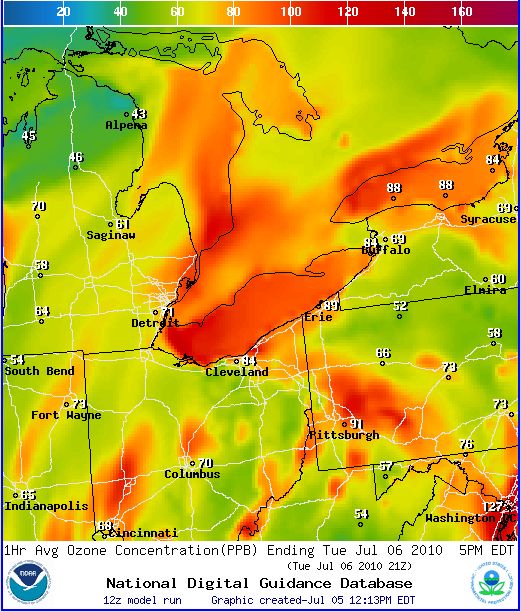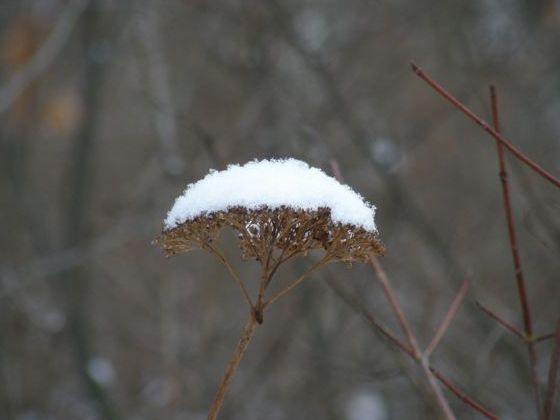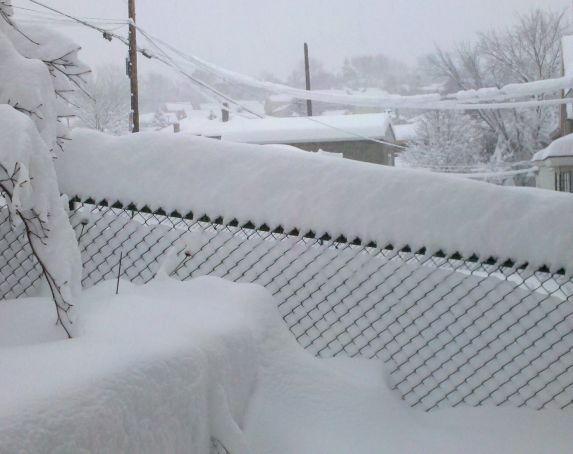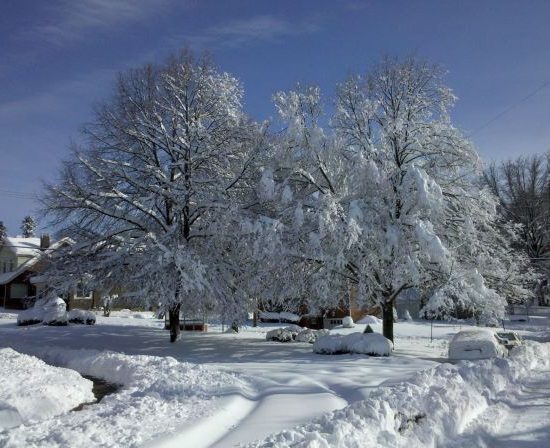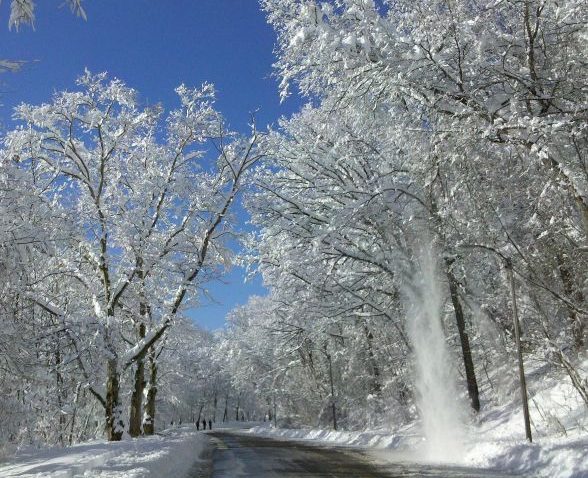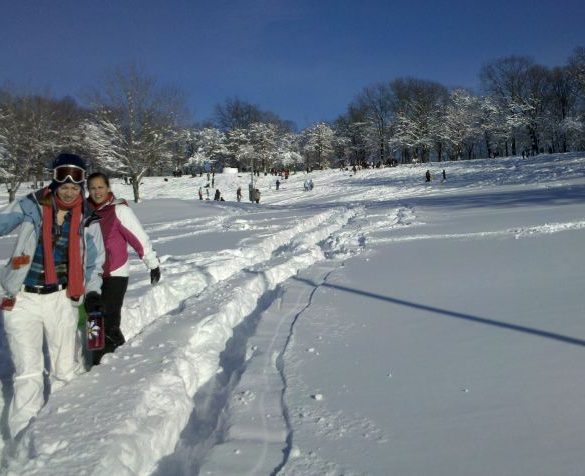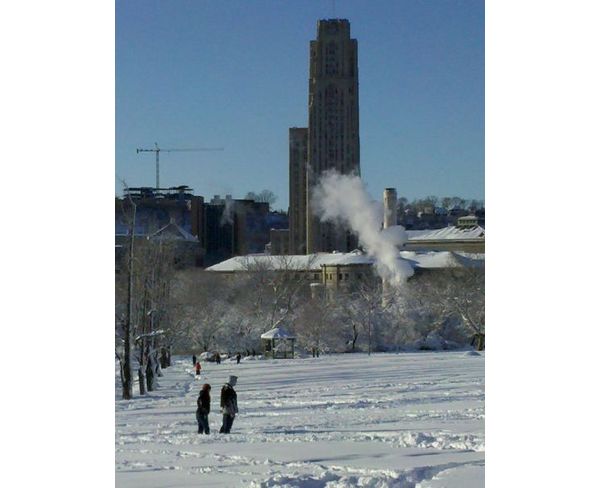Last evening before Tropical Storm Earl reached Maine, I checked on what the birds were doing:
- Surf was high at the outer islands by late afternoon so rafts of common eiders came into the sheltered coves of Mt Desert. I’ve never seen so many so close.
- Another ocean bird came in too. By dusk, northern gannets were hunting fish within sight of shore.
- An hour after sunset the air was calm and almost foggy when I heard large numbers of Swainson’s thrushes migrating in the dark, heading west along the coast. It seemed to me they were flying toward the bad weather. I wished them luck.
The wind and rain did not begin until 4:00am. At dawn the crows & osprey were up and out as usual. Maybe the birds are better informed than the Weather Channel.
UPDATE, 11:00am: No wind, and now no rain. Earl was more hype than storm.

